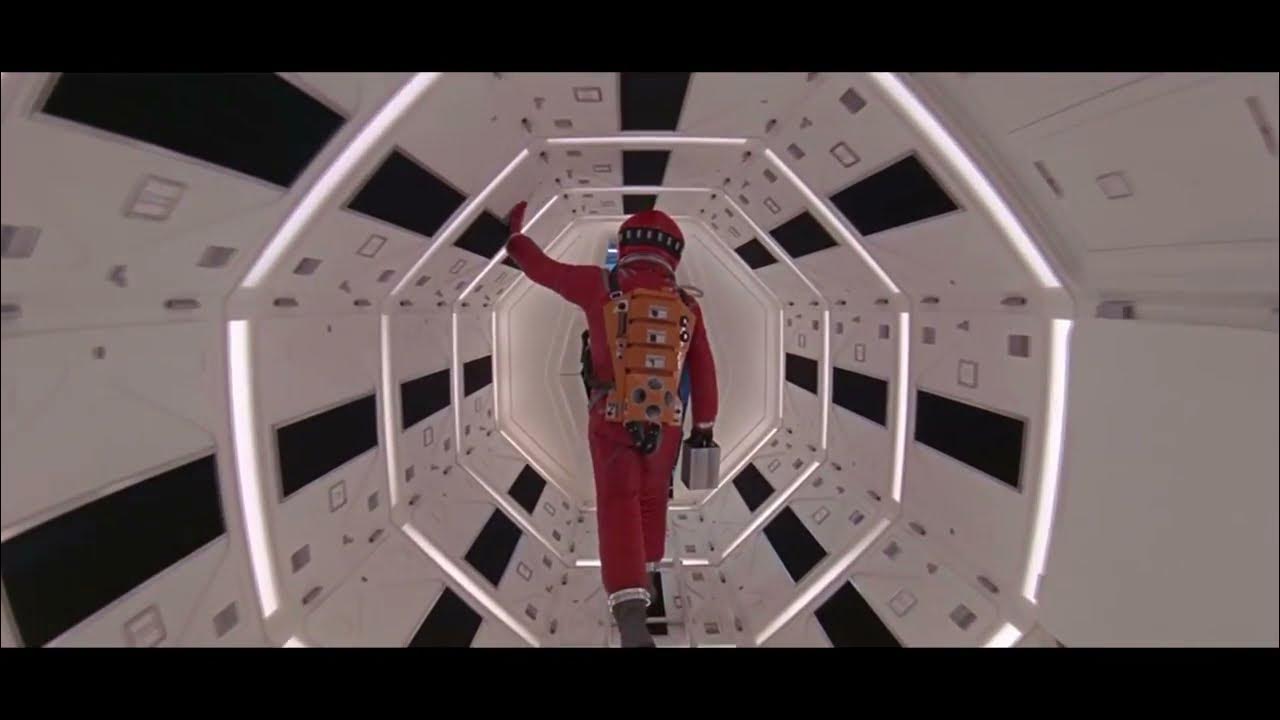Tips for Drawing Backgrounds!
Summary
TLDRIn this video, the importance of backgrounds in storytelling is explored, emphasizing how they help create mood, atmosphere, and enhance character development. The narrator addresses the challenge many artists face in drawing backgrounds, offering tips on composition, staging, and perspective. Using fan-submitted characters, the video demonstrates how to design compelling environments, from suburban parking lots to medieval villages and alien landscapes. It also highlights the significance of observational drawing, encouraging artists to practice sketching their surroundings to improve their skills. The video concludes with a teaser for a future episode on coloring and lighting.
Takeaways
- 😀 Backgrounds are essential in storytelling as they help establish atmosphere, mood, and setting expectations.
- 😀 Less than 4% of art includes a background, likely because artists focus on figures and haven't been given tools to appreciate backgrounds.
- 😀 Environments in art should be treated like characters, conveying emotions through their design, lighting, and composition.
- 😀 Start with simple objects to practice background drawing, focusing on horizon lines, perspective, and composition.
- 😀 A perspective grid helps in drawing buildings, and using it effectively ensures accurate vanishing points and depth.
- 😀 When designing backgrounds, make sure to prioritize the silhouette of objects, as clarity is key for viewer understanding.
- 😀 For animation, backgrounds are typically created much larger than the screen size to ensure adequate pixel quality.
- 😀 Reference is crucial before drawing backgrounds; using real-life images or Google Maps helps in designing believable locations.
- 😀 Establishing shots help set the scene by showing the entire location and providing context for time and place.
- 😀 When designing medieval settings or fantasy worlds, think beyond realism; shapes like curves and triangles add character to the environment.
- 😀 Avoid tangents in compositions; overlapping shapes in awkward ways can confuse the viewer, so always maintain clear silhouettes.
Q & A
Why are backgrounds important in storytelling?
-Backgrounds help establish atmosphere, mood, and location. They also support the narrative by framing characters and guiding the audience's expectations of the scene.
Why do so few artists draw backgrounds?
-Artists tend to focus on characters, often due to the figure being taught first. Additionally, backgrounds are perceived as less 'exciting' compared to characters, and artists may not always have the right tools or understanding to approach them.
What is the first step in drawing a background for a character?
-The first step is gathering reference images for the environment. By looking at real locations or using online tools like Google Maps, artists can understand the types of settings that would suit the character.
What is the role of the horizon line in background drawing?
-The horizon line represents the viewer's eye level and helps establish the perspective of the scene. It dictates how objects recede into space and how the scene is framed.
What is a perspective grid, and why is it important for drawing backgrounds?
-A perspective grid helps artists understand how objects converge towards vanishing points, making the drawing appear more realistic. It is especially useful when designing buildings, streets, or any scene with depth.
What are the benefits of using rough shapes in the early stages of a background drawing?
-Using rough shapes helps quickly block out the composition and the spatial relationships between objects. This makes it easier to adjust perspective and layout before refining details.
Why is it important to adjust the scale of objects in a background drawing?
-Adjusting the scale of objects helps create visual interest by varying size and layering. It allows for a clearer focus on important elements, like signs or characters, and can make the environment feel more dynamic.
What does 'layering' mean in the context of background drawing?
-Layering refers to the placement of objects in the foreground, middle ground, and background. It creates a sense of depth and guides the viewer's attention to important parts of the scene.
How can textures and details be used effectively in background design?
-Details and textures should be used selectively to draw attention to key elements in the scene. Overloading a background with unnecessary details can distract the viewer, so it's important to simplify distant objects and focus on the most important areas.
What is the significance of exaggerating shapes and compositions in animated backgrounds?
-Exaggerating shapes and compositions allows for more dynamic and visually interesting backgrounds that complement animated characters. It adds a layer of creativity and helps convey the intended mood or atmosphere more effectively.
Outlines

This section is available to paid users only. Please upgrade to access this part.
Upgrade NowMindmap

This section is available to paid users only. Please upgrade to access this part.
Upgrade NowKeywords

This section is available to paid users only. Please upgrade to access this part.
Upgrade NowHighlights

This section is available to paid users only. Please upgrade to access this part.
Upgrade NowTranscripts

This section is available to paid users only. Please upgrade to access this part.
Upgrade NowBrowse More Related Video
5.0 / 5 (0 votes)





